In today's digital landscape, data integration plays a crucial role in enhancing business efficiency. It helps businesses anticipate future trends and make data-driven decisions. As a data integration engineer, you become an essential part of this process. You ensure seamless data flow across systems, which is vital for companies aiming to improve retention and close rates. With tools like FineDataLink and FineBI, you can streamline complex data tasks, making integration more efficient and effective. These tools empower you to handle real-time data synchronization and advanced analytics, which are key to modern business success.
Understanding the Role of a Data Integration Engineer
As a data integration engineer, you play a pivotal role in ensuring that data flows seamlessly across various systems. This role is essential for businesses aiming to leverage data for strategic decision-making. Let's delve into the key responsibilities and skills required for this position.

Key Responsibilities of Data Integration Engineer
Data Collection and Transformation
Your primary responsibility involves collecting data from multiple sources. You must transform this data into a format that is usable for analysis and reporting. This process, known as ETL (Extract, Transform, Load), is crucial. It ensures that data is accurate and ready for use. You will work with various data formats, such as CSV, XML, and JSON, and use tools like FineDataLink to streamline these tasks.
Ensuring Data Quality and Consistency
Maintaining data quality and consistency is another critical responsibility. You need to ensure that the data is reliable and consistent across all platforms. This involves setting up processes to monitor data quality and implementing measures to correct any discrepancies. Your role is vital in preventing data silos and ensuring that all departments have access to the same high-quality data.
Required Skills and Competencies of Data Integration Engineer
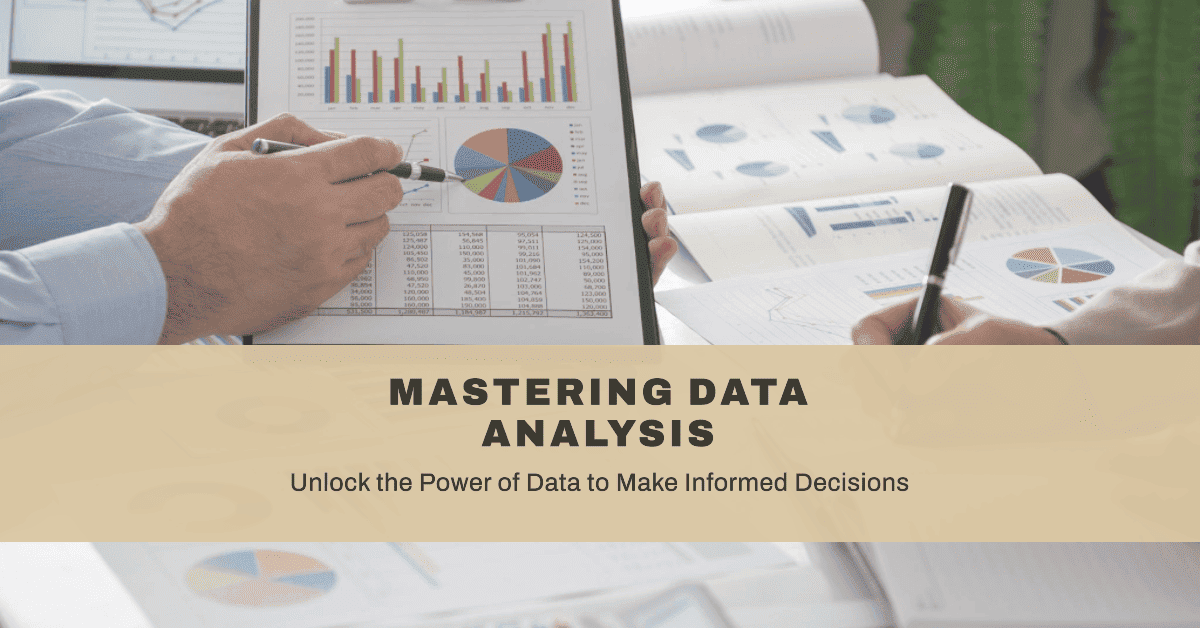
Technical Skills
To excel as a data integration engineer, you need a diverse set of technical skills. Proficiency in programming languages like Java, Python, or SQL is essential. You should understand API development and data modeling. Familiarity with ETL processes and enterprise integration patterns is also crucial. These skills enable you to connect various software systems and applications, facilitating seamless data exchange.
Soft Skills
In addition to technical expertise, soft skills are equally important. Effective communication and collaboration are vital. You will work with cross-functional teams and stakeholders to understand their requirements and deliver integrated solutions. Strong analytical and problem-solving skills are necessary to diagnose and resolve complex integration issues. These competencies help you navigate the challenges of integration engineering and ensure successful project outcomes.
Integration Engineer: "Soft skills such as effective communication and collaboration are important for working with cross-functional teams and stakeholders to understand requirements and deliver integrated solutions."
Educational Pathways of Data Integration Engineer
Embarking on a career as a data integration engineer requires a solid educational foundation. While not always mandatory, formal education can provide you with the necessary skills and knowledge to excel in this field. Let's explore the educational pathways that can set you on the right track.
Relevant Degrees and Certifications
Computer Science and IT Degrees
Pursuing a degree in computer science or information technology offers a strong foundation for aspiring data integration engineers. These programs cover essential topics such as programming, data structures, and algorithms. You gain a comprehensive understanding of how systems interact and how data flows between them. This knowledge is crucial for designing and implementing effective data integration solutions.
Specialized Certifications
In addition to degrees, specialized certifications can enhance your credentials. Certifications in data integration tools and platforms, such as FineDataLink, demonstrate your proficiency in handling complex data tasks. They validate your skills in real-time data synchronization and ETL processes. Employers often value these certifications as they indicate your commitment to staying updated with industry standards.
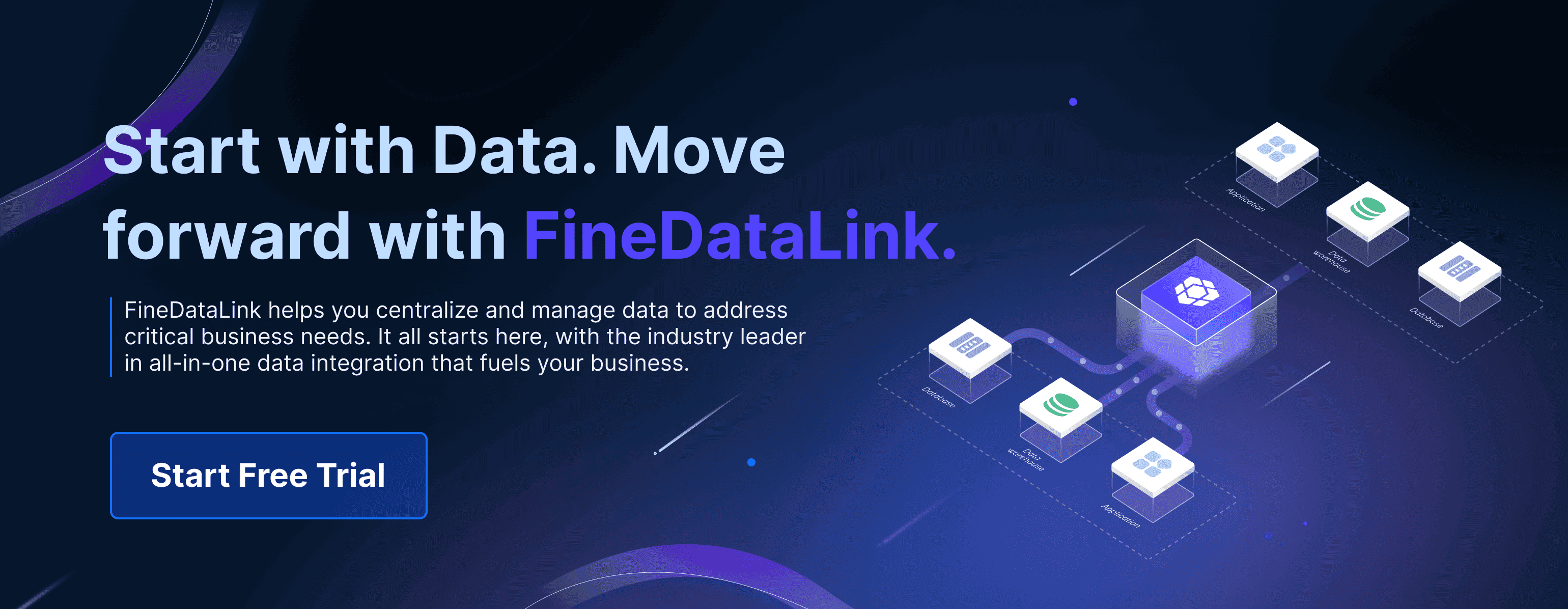
Online Courses and Resources
MOOCs and Online Platforms
Massive Open Online Courses (MOOCs) offer flexible learning opportunities. Platforms like Coursera, edX, and Udacity provide courses on data integration, ETL processes, and related technologies. These courses allow you to learn at your own pace and gain practical skills. They often include hands-on projects that simulate real-world scenarios, giving you valuable experience.
Books and Publications
Books and publications serve as excellent resources for deepening your understanding of data integration. Titles like "Data Integration: The Essential Guide" and "ETL with Python" offer insights into best practices and advanced techniques. Reading these materials helps you stay informed about the latest trends and methodologies in the field.
By pursuing relevant degrees, certifications, and utilizing online resources, you can build a strong foundation for a successful career as a data integration engineer. These educational pathways equip you with the skills needed to tackle the challenges of data integration and contribute effectively to your organization.
Gaining Practical Experience for Data Integration Engineer
Practical experience is crucial for becoming a proficient data integration engineer. It allows you to apply theoretical knowledge in real-world scenarios, enhancing your skills and understanding of the field. Let's explore how you can gain this valuable experience.
Internships and Entry-Level Positions
Finding Opportunities
Start by seeking internships or entry-level positions in related fields. Roles such as Software Developer, Systems Analyst, or Database Administrator provide foundational experience. These positions help you understand how different systems operate and interact. Look for opportunities that involve working with APIs, middleware, and data exchange. These experiences build the technical expertise necessary for systems integration.
Integration Engineer: "Entry-level positions such as Software Developer, Systems Analyst, or Database Administrator can provide foundational experience in understanding how different systems operate and interact."
Building a Portfolio
As you gain experience, focus on building a portfolio. Document your projects and highlight your contributions to data integration tasks. Include examples of your work with cloud computing platforms like AWS, Azure, or Google Cloud Platform. These platforms are increasingly important as businesses move towards cloud-based solutions. A strong portfolio showcases your skills and makes you more attractive to potential employers.
Personal Projects and Freelancing
Developing Skills Independently
Engage in personal projects to develop your skills independently. Experiment with different data integration tools and techniques. This hands-on approach allows you to learn at your own pace and explore areas of interest. Consider volunteering for integration tasks or contributing to open-source integration projects. These activities provide practical experience and demonstrate your initiative and commitment to the field.
Networking and Community Involvement
Networking plays a vital role in career development. Join professional communities and attend industry events to connect with other professionals. Participate in online forums and discussion groups related to data integration. These interactions offer insights into industry trends and best practices. They also provide opportunities to learn from experienced professionals and expand your network.
By actively seeking internships, building a portfolio, engaging in personal projects, and networking, you can gain the practical experience needed to excel as a data integration engineer. These steps will equip you with the skills and knowledge to tackle complex integration challenges and advance your career.
Alternative Routes to Enter the Field of Data Integration Engineer
Not everyone follows a traditional path to become a data integration engineer. You can explore alternative routes that leverage your existing skills and interests. These paths offer flexibility and cater to diverse backgrounds.
Transitioning from Related Roles

You might already possess skills that align with data integration engineering. Transitioning from related roles can be a strategic move.
Software Development
If you work in software development, you already have a strong foundation in programming. You understand how to build and maintain software applications. This knowledge is valuable for data integration tasks. You can focus on learning data integration tools and techniques. This transition allows you to apply your coding skills to new challenges.
Database Administration
As a database administrator, you manage and organize data. You ensure data integrity and security. These responsibilities overlap with data integration. You can expand your expertise by learning about ETL processes and data synchronization. This shift enables you to use your database skills in a broader context.
Self-Study and Bootcamps
Self-study and bootcamps offer flexible learning options. They allow you to gain skills at your own pace or through intensive programs.
Intensive Learning Programs
Bootcamps provide structured, immersive learning experiences. They focus on practical skills and real-world applications. You can enroll in a data integration bootcamp to gain hands-on experience. These programs often include projects that simulate industry scenarios. They prepare you for the demands of a data integration role.
Self-Directed Learning
Self-directed learning empowers you to explore topics independently. You can use online resources, such as tutorials and webinars, to learn about data integration. This approach allows you to tailor your learning to your interests and schedule. You can experiment with different tools and techniques. This method fosters a deep understanding of the field.
By exploring these alternative routes, you can enter the field of data integration engineering. Whether transitioning from a related role or pursuing self-study, you can build the skills needed for success. These pathways offer flexibility and cater to your unique background and interests.
Tools and Technologies in Data Integration Engineer
As a data integration engineer, you rely on various tools and technologies to streamline your tasks. These tools help you manage data efficiently and ensure seamless integration across systems. Let's explore some popular tools and emerging technologies in the field.
Popular Data Integration Tools
Data integration tools play a crucial role in your daily tasks. They simplify complex processes and enhance productivity.

ETL Tools
ETL (Extract, Transform, Load) tools are essential for data integration. They help you extract data from multiple sources, transform it into a usable format, and load it into a target system. Popular ETL tools include:
- FineDataLink: This tool offers a low-code platform for real-time data synchronization and advanced ETL development. It simplifies complex data tasks with features like drag-and-drop operation and detailed documentation.
- Apache Nifi: Known for its user-friendly interface, Apache Nifi allows you to automate data flow between systems. It supports real-time data processing and offers robust security features.
- Talend: Talend provides an open-source platform for data integration. It supports a wide range of data sources and offers advanced data transformation capabilities.
ETL Tools: "ETL tools are essential for extracting, transforming, and loading data from various sources into target systems."
Data Warehousing Solutions
Data warehousing solutions store and manage large volumes of data. They provide a centralized repository for data analysis and reporting. Some popular data warehousing solutions include:
- Amazon Redshift: A cloud-based data warehouse that offers fast query performance and scalability. It integrates seamlessly with other AWS services.
- Google BigQuery: Known for its speed and flexibility, BigQuery allows you to analyze large datasets quickly. It supports real-time data analysis and offers machine learning capabilities.
- Snowflake: A cloud-based data warehouse that provides a unique architecture for handling diverse data workloads. It offers scalability and supports real-time data sharing.
Data Warehousing Solutions: "Data warehousing solutions provide a centralized repository for storing and managing large volumes of data."
Emerging Technologies
Emerging technologies are transforming the field of data integration. They offer new opportunities for innovation and efficiency.
Cloud-Based Solutions
Cloud-based solutions provide flexibility and scalability for data integration tasks. They allow you to access data from anywhere and scale resources as needed. Some popular cloud-based solutions include:
- Microsoft Azure Data Factory: A cloud-based ETL service that enables you to create data-driven workflows for orchestrating data movement and transformation.
- AWS Glue: A fully managed ETL service that automates data preparation and integration. It supports a wide range of data sources and formats.
- Google Cloud Dataflow: A cloud-based service for stream and batch data processing. It offers real-time data processing and supports machine learning models.
Cloud-Based Solutions: "Cloud-based solutions offer flexibility and scalability for data integration tasks, allowing access to data from anywhere."
AI and Machine Learning in Data Integration
AI and machine learning are revolutionizing data integration. They enable you to automate complex tasks and gain insights from data. Some applications of AI and machine learning in data integration include:
- Predictive Analytics: AI algorithms analyze historical data to predict future trends and outcomes. This helps you make informed decisions and optimize processes.
- Data Cleansing: Machine learning models identify and correct data inconsistencies, ensuring data quality and accuracy.
- Automated Data Mapping: AI-powered tools automate data mapping, reducing manual effort and improving efficiency.
AI and Machine Learning: "AI and machine learning enable automation of complex data integration tasks, providing valuable insights and improving efficiency."
By leveraging these tools and technologies, you can enhance your data integration processes and drive business success. Stay updated with the latest advancements to remain competitive in this dynamic field.
Leveraging FineDataLink and FineBI
FineDataLink for Data Integration Engineers
FineDataLink serves as a powerful tool for data integration engineers. It simplifies complex data tasks, making your work more efficient and effective.
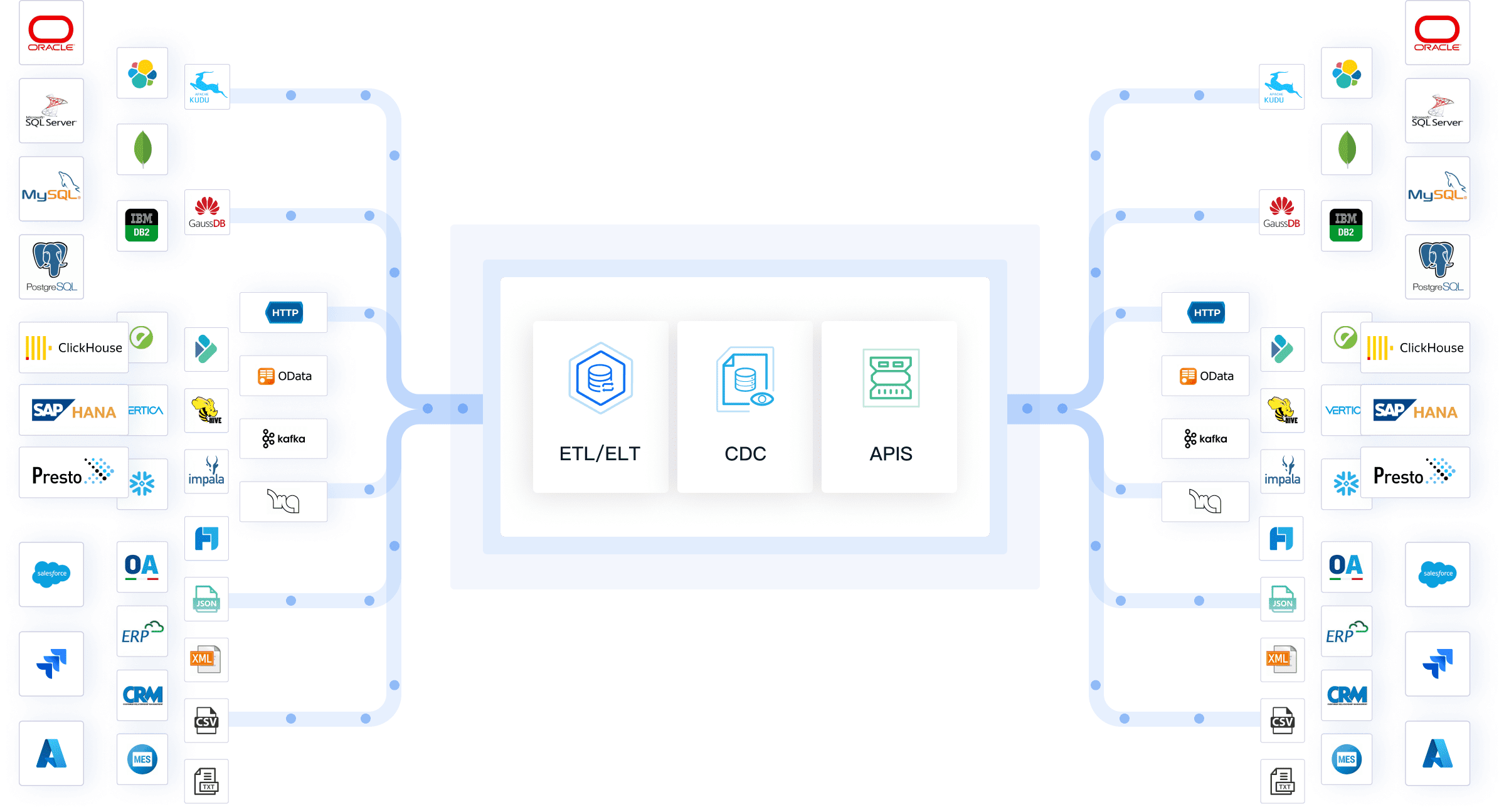
Real-Time Data Synchronization
You can achieve real-time data synchronization with FineDataLink. This feature allows you to integrate and synchronize data updates across multiple systems with minimal latency. By doing so, you ensure that all systems have the most current data, which is crucial for timely decision-making. FineDataLink's low-code platform makes this process straightforward, enabling you to focus on more strategic tasks.
Advanced ETL & ELT Development
FineDataLink also excels in ETL (Extract, Transform, Load) and ELT (Extract, Load, Transform) development. These processes are essential for transforming raw data into a usable format. With FineDataLink, you can automate these tasks, reducing manual efforts and errors. The platform's drag-and-drop operation and detailed documentation further enhance your efficiency, allowing you to handle large volumes of data seamlessly.
FineBI empowers you to transform raw data into actionable insights. It provides a comprehensive data analytics platform that enhances your ability to analyze and visualize data effectively.
FineBI empowers you to transform raw data into actionable insights. It provides a comprehensive data analytics platform that enhances your ability to analyze and visualize data effectively.
Self-Service BI Capabilities
FineBI offers self-service BI capabilities, allowing you to connect, analyze, and share data across your organization. This feature democratizes data analysis, enabling business users and data analysts to perform independent analyses without relying on IT support. You can create insightful visualizations, track key performance indicators (KPIs), and identify trends, all of which facilitate informed decision-making.
Real-Time Data Analysis
With FineBI, you can conduct real-time data analysis. This capability ensures that you have access to the latest data, allowing you to respond promptly to changing business conditions. FineBI's high-performance computing engine processes massive datasets quickly, supporting over 10,000 users for online viewing. This scalability makes it an ideal choice for enterprises looking to enhance their data analysis capabilities.
By leveraging FineDataLink and FineBI, you can streamline your data integration and analysis processes. These tools provide the features and capabilities needed to manage data efficiently and drive business success. Stay updated with these technologies to remain competitive in the ever-evolving field of data integration.

Career Advancement Opportunities for Data Integration Engineer
As a data integration engineer, you have numerous opportunities to advance your career. By specializing in certain areas or taking on leadership roles, you can enhance your skills and increase your value in the industry.
Specialization Areas
Specializing in specific areas of data integration can set you apart from your peers. Here are two key areas where you can focus your expertise:
Big Data Integration
Big data integration involves managing and processing large volumes of data from various sources. As businesses increasingly rely on big data integration for decision-making, your ability to integrate and analyze this data becomes crucial. You can use tools like FineDataLink to handle complex data tasks efficiently. By mastering big data integration, you position yourself as an expert in a field that is vital for modern enterprises.
Real-Time Data Processing
Real-time data processing allows businesses to make immediate decisions based on current data. This specialization requires you to manage data flows that update continuously. FineDataLink offers real-time data processing capabilities, making it an essential tool for this specialization. By focusing on real-time data processing, you help organizations respond quickly to market changes and improve their operational efficiency.
Leadership and Management Roles
Advancing into leadership and management roles can further your career and expand your influence within an organization. Here are two roles you might consider:
Team Lead Positions
As a team lead, you guide a group of data integration engineers. You oversee projects, ensure deadlines are met, and maintain high-quality standards. Your role involves mentoring team members and fostering a collaborative environment. By stepping into a team lead position, you develop your leadership skills and contribute to the success of your team.
Project Management
Project management involves planning, executing, and closing projects. You coordinate resources, manage budgets, and communicate with stakeholders. FineBI can assist you in tracking project metrics and visualizing data to make informed decisions. By becoming a project manager, you take on a strategic role that impacts the entire organization.
By pursuing specialization areas or leadership roles, you can advance your career as a data integration engineer. These paths offer opportunities to enhance your skills, increase your responsibilities, and make significant contributions to your organization.
Related Career Paths of Data Integration Engineer
As a data integration engineer, you possess a versatile skill set that opens doors to various related career paths. Exploring these paths can broaden your expertise and enhance your career prospects. Let's delve into two prominent roles: Data Analyst and Data Architect.
Data Analyst
Role Overview
As a data analyst, you focus on interpreting data to provide actionable insights. You play a crucial role in helping organizations make informed decisions. Your work involves analyzing data sets, identifying trends, and creating visualizations. You often collaborate with different departments to understand their data needs and deliver meaningful reports.
Skills and Tools
To excel as a data analyst, you need strong analytical skills. Proficiency in statistical analysis and data visualization tools is essential. You should be comfortable using software like Excel, Tableau, or FineBI for creating reports and dashboards. Familiarity with programming languages such as Python or R can enhance your ability to manipulate data. Your role requires attention to detail and the ability to communicate findings effectively.
Data Architect
Role Overview
As a data architect, you design and manage an organization's data infrastructure. You ensure that data systems are scalable, secure, and efficient. Your responsibilities include creating data models, defining data standards, and overseeing data integration processes. You work closely with IT teams to implement data solutions that align with business goals.
Skills and Tools
To succeed as a data architect, you need a deep understanding of database management systems. Knowledge of data modeling techniques and architecture frameworks is crucial. You should be proficient in SQL and familiar with data integration tools like FineDataLink. Your role demands strong problem-solving skills and the ability to design systems that meet complex data requirements.
By exploring these related career paths, you can leverage your skills as a data integration engineer to advance your career. Whether you choose to become a data analyst or a data architect, you will find opportunities to apply your expertise and contribute to organizational success.
Becoming a Data Integration Engineer involves a journey of learning and skill development. You start by strengthening your SQL skills and progress to mastering Python. Investing time in understanding data engineering concepts and technologies is crucial. Watching demos of use cases can provide practical insights. This field offers exciting opportunities for those passionate about data. As businesses increasingly rely on data-driven decisions, your role becomes vital. Embrace this path with enthusiasm. The future of data integration promises innovation and growth, making it a rewarding career choice.
Click the banner below to experience FineDataLink for free and empower your enterprise to convert data into productivity!
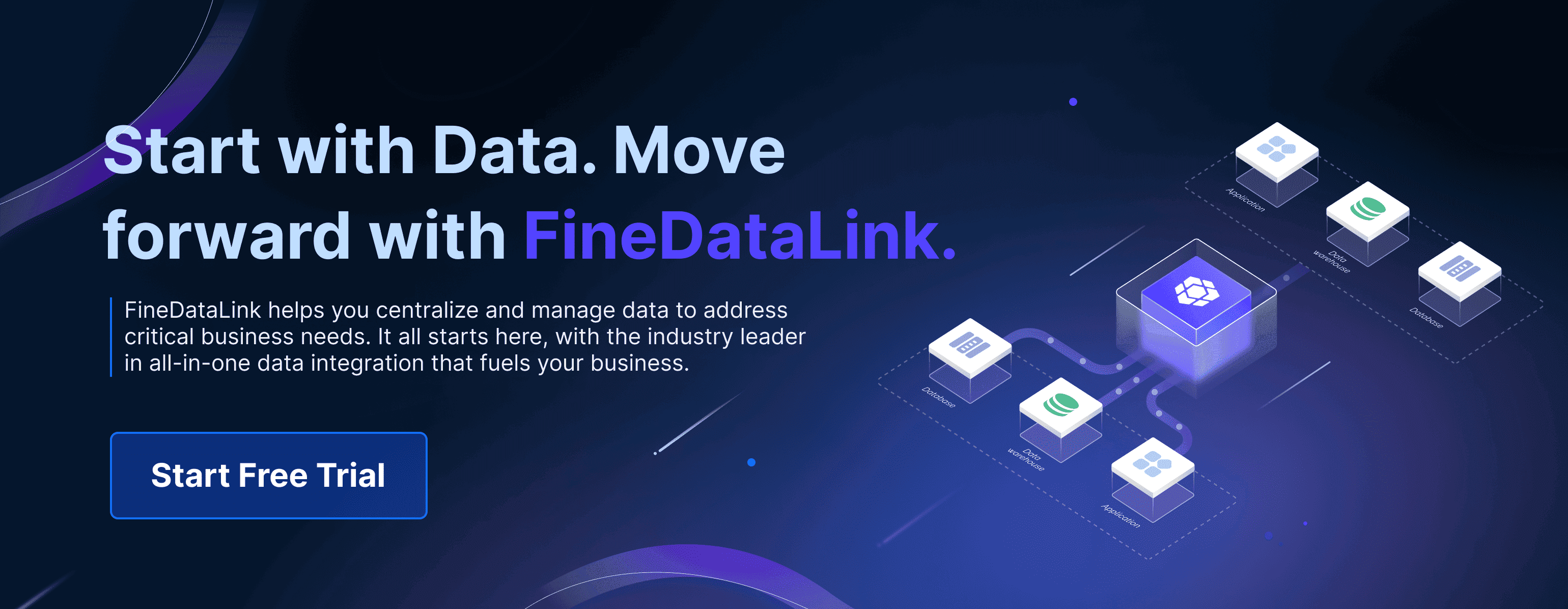
Continue Reading About Data Integration
Essential Data Integration: A Beginner's Guide
Top Data Integration Tools: 2025 Guide
Top 10 Data Integration Software for 2025
What is API Data Integration? API vs Data Integration
Best Data Integration Platforms to Use in 2025
Enterprise Data Integration: A Comprehensive Guide
Top 7 Data Integration Patterns for Modern Enterprises
FAQ

The Author
Howard
Data Management Engineer & Data Research Expert at FanRuan
Related Articles

10 Best Data Orchestration Tools for 2025 You Should Know
Compare the best data orchestration tools for 2025 to streamline workflows, boost automation, and improve data integration for your business.
Howard
Nov 28, 2025
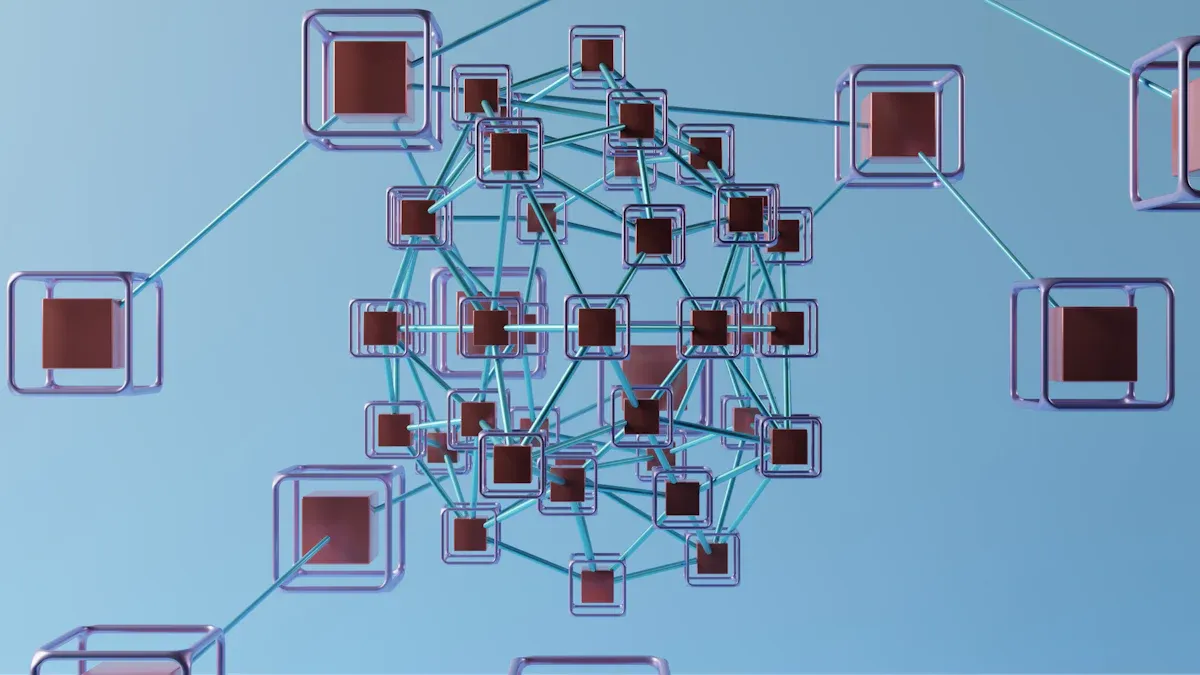
10 Best Enterprise ETL Tools for Data Integration
Compare the 10 best enterprise ETL tools for data integration in 2025 to streamline workflows, boost analytics, and support scalable business growth.
Howard
Oct 02, 2025

What is Real Time Data Integration and Why It Matters
Real time data integration connects systems for instant, accurate data access, enabling faster decisions, improved efficiency, and better customer experiences.
Howard
Sep 24, 2025



